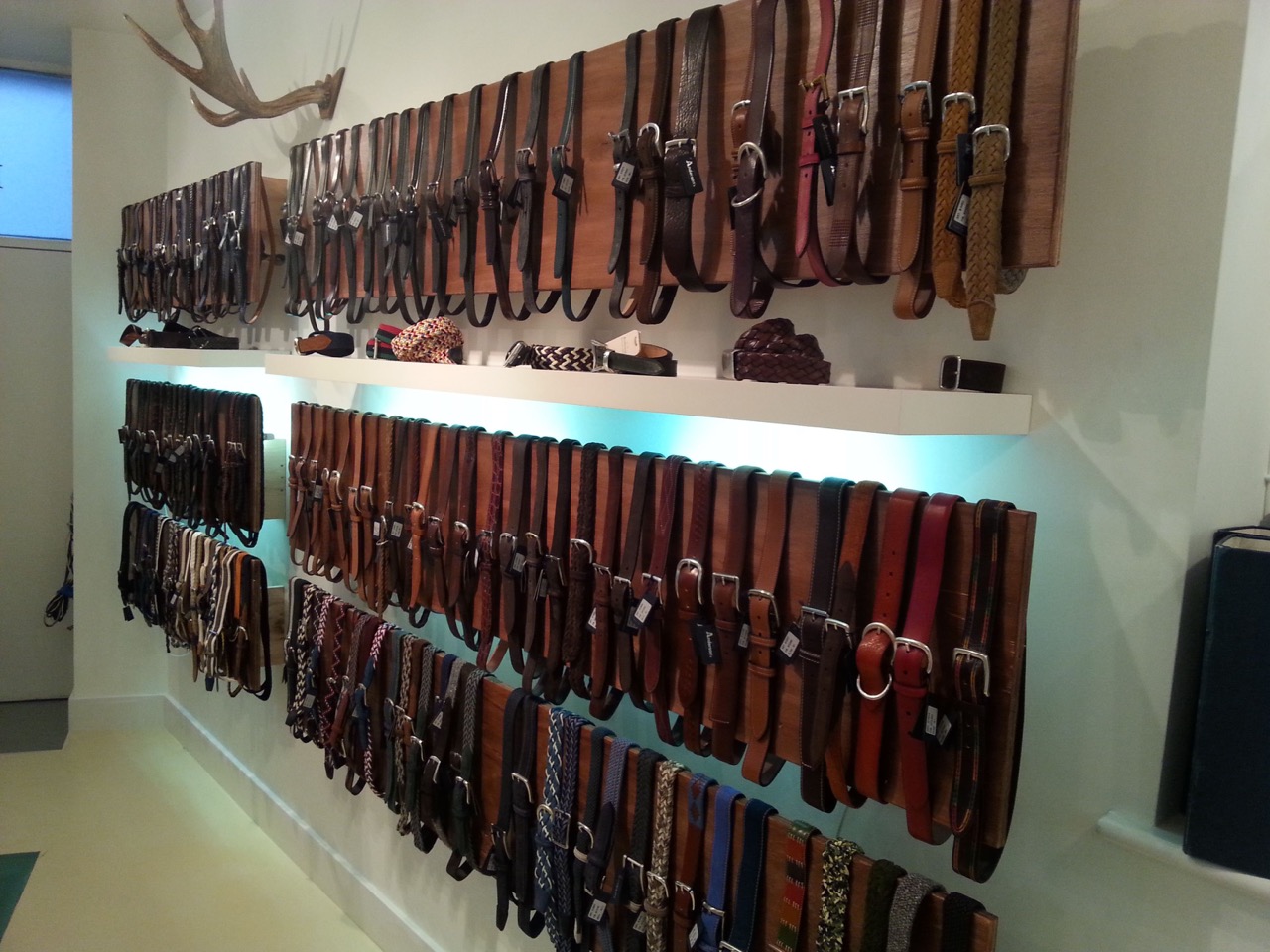

Articles
How To Store Leather Belts
Modified: August 27, 2024
Learn the best ways to store your leather belts in this comprehensive article. Discover tips and tricks to keep your belts looking brand new and prevent damage.
(Many of the links in this article redirect to a specific reviewed product. Your purchase of these products through affiliate links helps to generate commission for Storables.com, at no extra cost. Learn more)
Introduction
Leather belts are not just a functional accessory, but also a fashion statement that can elevate any outfit. Whether you have a collection of designer belts or sentimental pieces passed down through generations, proper storage is crucial to ensure their longevity and to keep them looking their best. In this article, we will discuss the importance of storing leather belts correctly and provide helpful tips to maintain their condition.
Leather is a durable and versatile material, but it requires special care to prevent damage and maintain its quality. Improper storage can lead to creasing, fading, and even cracking of the leather. By implementing the right storage techniques, you can preserve the aesthetic appeal and extend the lifespan of your beloved leather belts.
Before delving into the various storage options, it’s essential to understand the importance of properly cleaning your belts. Dust, dirt, and oils can accumulate on the leather’s surface over time, affecting its appearance and condition. Regular cleaning is vital to remove these contaminants and maintain the suppleness and shine of the leather.
When cleaning leather belts, it is best to use a mild soap or leather cleaner. Gently rub the cleaning solution onto the belt using a soft cloth or sponge, paying attention to any stains or spots. Avoid using abrasive materials or harsh chemicals, as they can damage the leather. After cleaning, allow the belt to air dry naturally, away from direct sunlight and heat sources.
Once your leather belts are clean and dry, it’s time to consider the best storage options to keep them safe and well-preserved. Let’s explore some of the most effective methods:
Key Takeaways:
- Proper cleaning and storage are crucial for maintaining leather belts. Regular cleaning with mild soap, proper storage methods, and avoiding extreme conditions can preserve the quality and appearance of your beloved belts.
- Handling leather belts with care is essential for longevity. Clean hands, suitable storage, and regular conditioning help maintain the integrity and appearance of leather belts, ensuring they remain in excellent condition for years to come.
Read more: How To Make Leather Tool Belt
Proper Cleaning Techniques
Keeping your leather belts clean is crucial for maintaining their appearance and prolonging their lifespan. Here are some proper cleaning techniques to follow:
- Gentle wiping: Before diving into any cleaning solutions, start by gently wiping the surface of your leather belt with a soft, dry cloth. This will help remove any surface dust or debris.
- Mild soap and water: For general cleaning, you can mix a small amount of mild soap or liquid leather cleaner with water. Dip a clean, soft cloth or sponge into the solution and gently wipe the belt in circular motions. Be gentle and avoid rubbing vigorously, as this can damage the leather.
- Spot cleaning: To tackle specific stains or spots on your leather belt, apply a small amount of mild soap directly onto the affected area. Use a soft brush or cloth to gently scrub the stain in a circular motion. Rinse the area with a clean, damp cloth and pat dry.
- Conditioning: After cleaning, it’s important to moisturize and condition the leather to prevent it from drying out and cracking. Apply a leather conditioner using a clean cloth and massage it into the belt, following the product instructions. Allow the conditioner to absorb for a few hours or overnight, and gently buff the belt with a clean cloth to restore shine.
- Avoid harsh chemicals: Harsh chemicals like bleach, ammonia, or alcohol can damage the leather’s natural oils and cause it to dry out. Always opt for gentle cleaning solutions and avoid using any products that are not specifically formulated for leather care.
- Test in inconspicuous area: If you are using a new cleaning or conditioning product, it’s always a good idea to test it on a small, inconspicuous area of the belt first to ensure that it doesn’t cause any discoloration or damage.
By following these proper cleaning techniques, you can effectively remove dirt, stains, and oils from your leather belts while keeping them in excellent condition.
Storage Options
Proper storage is essential for maintaining the shape, condition, and longevity of your leather belts. Here are some storage options to consider:
- Hanging leather belts: Hanging your belts is a popular storage method that helps prevent them from getting creased or folded. You can use a belt hanger or a sturdy hook to hang your belts in a closet or wardrobe. Make sure to fasten the belt buckle to keep it secured and prevent any unnecessary strain on the leather.
- Rolling leather belts: Another space-saving option is to roll your leather belts. Lay the belt flat and roll it tightly from one end to the other. This method helps prevent creasing and takes up less space in your storage area.
- Storing in a belt organizer: If you have a collection of belts, investing in a belt organizer can be a convenient storage solution. Belt organizers typically have individual slots or compartments to hold each belt separately, preventing them from tangling or getting damaged. Look for organizers made of breathable materials, such as fabric or leather, to allow air circulation and prevent moisture buildup.
- Avoiding humidity and extreme temperatures: Leather is susceptible to moisture, so it’s important to store your belts in a dry environment. Avoid storing them in areas with high humidity, such as bathrooms or basements. Extreme temperatures can also damage leather, so avoid storing your belts in areas prone to extreme heat or cold, like attics or garages.
- Proper handling and care: When taking off or putting on your leather belts, handle them with clean hands to avoid transferring oils or dirt onto the leather. Avoid hanging belts on sharp hooks or rough surfaces that could scratch or damage the leather.
- Consider storing in dust bags: For extra protection, consider storing your belts in individual dust bags. Dust bags help shield the belts from dust, light, and potential scratches or dings while in storage.
By choosing the right storage method and taking proper care of your leather belts, you can ensure that they remain in excellent condition and ready to be worn whenever you need them.
Hanging Leather Belts
Hanging leather belts is a popular storage method that helps keep them organized and prevents them from getting creased or tangled. Here are some tips for effectively hanging your leather belts:
- Choose a suitable hanger: Use a belt hanger or a sturdy hook to hang your belts. The hanger should be strong enough to support the weight of the belts without bending or breaking.
- Fasten the belt buckle: Before hanging the belt, fasten the buckle to keep it secured. This helps maintain the shape of the belt and prevents any unnecessary strain on the leather.
- Hang vertically: Hang the belts vertically rather than horizontally. This prevents them from overlapping or intertwining, making it easier to select the desired belt without any hassle.
- Spacing: Leave enough space between each belt to avoid crowding. This prevents any potential scratching or damage that may occur when the belts rub against each other.
- Organize by color or style: If you have multiple belts, consider organizing them by color or style. This makes it easier to find the desired belt and adds a visually appealing touch to your closet or wardrobe.
- Keep away from direct sunlight: Avoid hanging your belts in direct sunlight, as prolonged exposure to sunlight can cause the leather to fade or crack over time. Choose a location in your closet or wardrobe that is away from windows or direct sunlight.
- Regularly check for dust: Even when hanging, leather belts can accumulate dust. Regularly check and wipe off any dust with a soft cloth to keep them clean and maintain their appearance.
Hanging leather belts not only keeps them organized but also helps retain their shape and prevents any unnecessary creasing or folding. This storage method ensures easy accessibility and allows you to showcase your belt collection in a visually appealing way.
Rolling Leather Belts
Rolling leather belts is a space-saving storage method that helps prevent creasing and takes up less space in your storage area. Here are some tips for effectively rolling your leather belts:
- Lay the belt flat: Start by laying the belt flat on a clean and smooth surface. Smooth out any wrinkles or folds to ensure a neat roll.
- Start from one end: Begin rolling the belt tightly from one end to the other. Make sure the roll is snug and compact so that it doesn’t come undone when stored.
- Secure with a tie or elastic band: Once the belt is rolled, secure it in place with a small elastic band or tie. This helps maintain the rolled shape and ensures that the belt stays neatly stored.
- Store in a suitable container: Choose a container or compartment that is spacious enough to accommodate the rolled belts without causing any bending or squishing. This can be a drawer, storage box, or a dedicated belt organizer with slots for rolled belts.
- Consider organizing by color or style: If you have multiple rolled belts, consider organizing them by color or style. This can make it easier to find the belt you need when getting dressed and adds a visually pleasing touch to your storage area.
- Avoid stacking too many belts: Be mindful not to stack too many rolled belts on top of each other, as excessive weight can cause them to lose their shape or become misshapen.
- Regularly unroll and straighten: To prevent any long-term creasing, it’s advisable to unroll and straighten your belts occasionally. Lay them flat for a short period to allow the leather to relax before rolling them back up and storing them again.
Rolling leather belts is an efficient storage method that not only saves space but also helps maintain the shape and condition of the belts. It’s a convenient option for those with limited storage space or for traveling, as rolled belts can easily fit into a suitcase or bag without taking up much room.
Store leather belts by hanging them on a belt rack or coiling them and placing them in a drawer. Avoid hanging them on hooks for long periods to prevent stretching. Keep them away from direct sunlight and moisture to prevent damage.
Read more: How To Clean Leather Tool Belt
Storing in a Belt Organizer
For those with a collection of belts, investing in a belt organizer can be a convenient and effective storage solution. A belt organizer provides individual slots or compartments to hold each belt separately, preventing them from tangling or getting damaged. Here’s how to store your belts in a belt organizer:
- Select a suitable belt organizer: Choose a belt organizer that suits your needs and preferences. Belt organizers come in various styles, such as hanging organizers, drawer organizers, or standalone organizers with dedicated compartments.
- Insert one belt per slot: Place one belt in each designated slot or compartment of the organizer. Make sure the belt is laid flat and evenly positioned to avoid any unnecessary strain on the leather.
- Consider organizing by color or style: If you have a large belt collection, consider organizing them by color or style within the organizer. This makes it easier to locate the desired belt and can add a visually appealing touch to your storage space.
- Avoid overcrowding: Avoid overcrowding the organizer by inserting too many belts into one slot. This can cause the belts to become tangled or creased. Allow enough space between each belt for ease of access and to maintain the condition of the belts.
- Close or cover the organizer: Depending on the type of belt organizer you have, be sure to close or cover it to protect the belts from dust, light, and potential damage. This helps prolong the lifespan of the belts and keeps them in pristine condition.
- Regularly clean the organizer: Just like your belts, it’s important to keep the belt organizer clean. Dust or wipe the organizer regularly to remove any dirt or debris that may accumulate over time.
Storing your belts in a dedicated belt organizer keeps them well-organized, easily accessible, and protected from damage. Whether you hang the organizer in your closet, place it in a drawer, or keep it on a shelf, using a belt organizer ensures that your belts remain in excellent condition and ready to wear whenever you need them.
Avoiding Humidity and Extreme Temperatures
Proper storage conditions play a vital role in maintaining the quality and condition of leather belts. Humidity and extreme temperatures can have detrimental effects on the leather, causing it to warp, crack, or deteriorate. Here are some tips to help you avoid these issues:
- Avoid high humidity: Leather is susceptible to moisture and high levels of humidity. It’s crucial to store your belts in a dry environment to prevent mold or mildew growth and avoid any damage to the leather. Avoid storing your belts in areas like basements, bathrooms, or any other locations where humidity is high.
- Control the moisture level: If you live in a humid climate, consider using a dehumidifier in your storage area or closet. This helps regulate the humidity levels and keeps the environment dry. Additionally, you can use moisture-absorbing products, such as silica gel packets, to reduce moisture in the air.
- Avoid extreme temperatures: Leather is sensitive to extreme temperatures, both hot and cold. Avoid storing your belts in areas that are prone to temperature fluctuations, such as attics, garages, or spaces without proper insulation. Extreme heat can cause the leather to dry out and crack, while freezing temperatures can make it stiff and prone to damage.
- Choose a stable storage location: Select a storage location that maintains a stable temperature and humidity level throughout the year. A closet or wardrobe in the main living area of your home is typically a suitable choice.
- Avoid exposure to direct sunlight: Prolonged exposure to direct sunlight can cause the leather to fade, dry out, and become brittle. When storing your belts, choose a location away from windows or any other sources of direct sunlight. If your storage area has windows, consider using curtains or blinds to shield the belts from direct sunlight.
- Use breathable storage containers: If you choose to store your belts in boxes or containers, opt for breathable materials such as fabric or leather. These materials allow airflow and prevent moisture buildup, reducing the risk of mold or mildew formation.
By taking precautions to avoid high humidity and extreme temperatures, you can protect your leather belts and ensure their longevity. Maintaining a stable and suitable storage environment will preserve the quality and appearance of your belts for years to come.
Proper Handling and Care
In addition to proper cleaning and storage, handling your leather belts with care is essential for maintaining their condition and prolonging their lifespan. Here are some tips for proper handling and care:
- Handle with clean hands: Before handling your leather belts, ensure that your hands are clean and free from any dirt, oils, or lotions. This helps prevent transferring any substances onto the leather, which can affect its appearance and quality.
- Avoid sharp or rough surfaces: When taking off or putting on your belts, be cautious of sharp hooks or rough surfaces that can scratch or damage the leather. Handle your belts gently and with care to prevent unnecessary wear and tear.
- Rotate belt usage: If you have multiple belts in your collection, it’s advisable to rotate their usage. This allows each belt to have sufficient rest time, preventing excessive stress on any one particular belt and helping to maintain their shape and condition.
- Protect from water and spills: Leather is highly susceptible to water damage, so it’s important to protect your belts from spills or excessive moisture. If your belt gets wet, gently pat it dry with a clean cloth and allow it to air dry naturally away from direct heat sources.
- Avoid overloading belt loops: When wearing your belts, avoid overloading the belt loops by attaching heavy objects or pulling the belt too tight. This can cause strain on the belt and distort the shape of the loops. Opt for a belt width that is appropriate for the size of your belt loops to ensure a proper fit.
- Regularly inspect for damage: Periodically inspect your belts for any signs of damage, such as loose stitching, worn-out edges, or cracks in the leather. If you notice any issues, address them promptly to prevent further damage and maintain the overall integrity of the belt.
- Condition regularly: Leather belts benefit from regular conditioning to keep them moisturized and prevent them from drying out or becoming brittle. Use a leather conditioner specifically formulated for belts and follow the product instructions for best results. Conditioning helps maintain the suppleness, shine, and overall durability of the leather.
- Store in a dust bag: When not in use, consider storing your belts in individual dust bags to protect them from dust, light, and potential scratches. Dust bags provide an extra layer of protection and help maintain the appearance of your belts between wearings.
By handling your leather belts with care and following these guidelines for proper care, you can extend their lifespan and ensure that they remain in excellent condition for years to come.
Conclusion
Properly storing your leather belts is essential for preserving their quality, appearance, and longevity. By following the right cleaning techniques, choosing suitable storage options, and taking necessary precautions, you can protect your belts from damage and ensure that they remain in excellent condition.
Cleaning your leather belts regularly with mild soap or a leather cleaner helps remove dirt, stains, and oils, maintaining their overall appearance and preventing damage. After cleaning, be sure to condition the leather to keep it moisturized and supple.
When it comes to storage, hanging leather belts is a popular option to prevent them from creasing or folding. Rolling your belts is a space-saving alternative that also helps maintain their shape. Storing your belts in a dedicated belt organizer keeps them organized and prevents tangling or damage.
Avoiding high humidity and extreme temperatures is crucial as fluctuating moisture levels and heat can have detrimental effects on leather. Choose a stable storage location away from direct sunlight and extreme temperatures to protect your belts from fading, cracking, or warping.
Properly handling and caring for your leather belts involves handling them with clean hands, avoiding sharp or rough surfaces, rotating their usage, and protecting them from water and spills. Regularly inspecting for any damage and conditioning your belts help maintain their overall integrity and appearance.
In conclusion, by following proper cleaning techniques, utilizing suitable storage options, avoiding humidity and extreme temperatures, and practicing proper handling and care, you can ensure that your leather belts remain in excellent condition for years to come. With these tips, you can enjoy your collection of belts while adding a touch of style and sophistication to your outfits.
Frequently Asked Questions about How To Store Leather Belts
Was this page helpful?
At Storables.com, we guarantee accurate and reliable information. Our content, validated by Expert Board Contributors, is crafted following stringent Editorial Policies. We're committed to providing you with well-researched, expert-backed insights for all your informational needs.
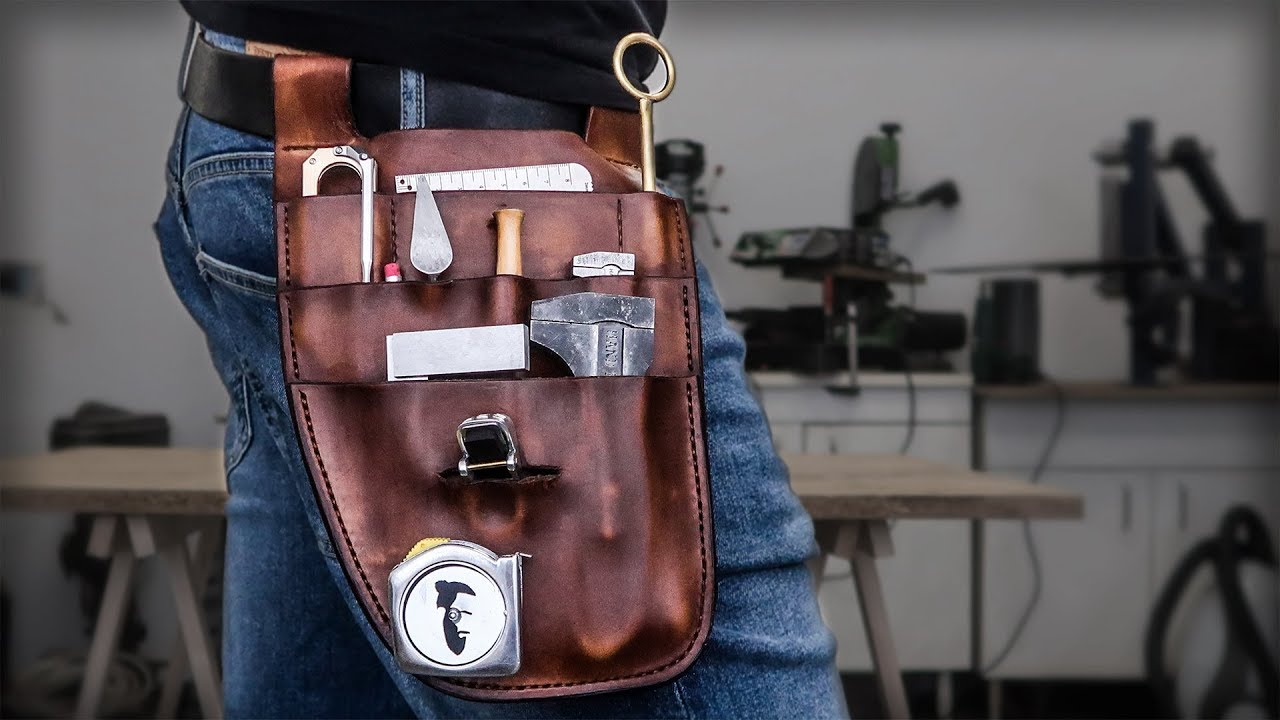
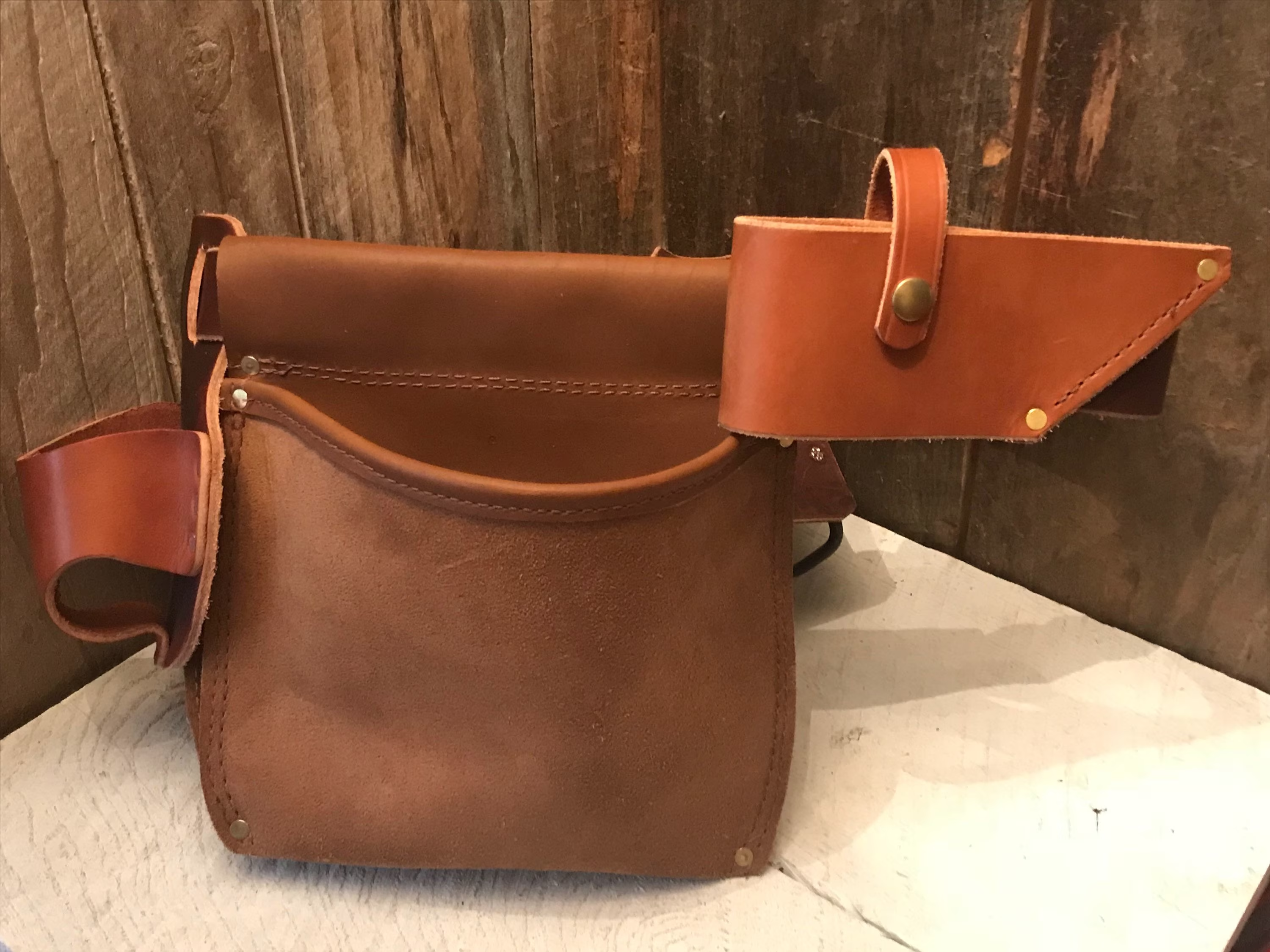
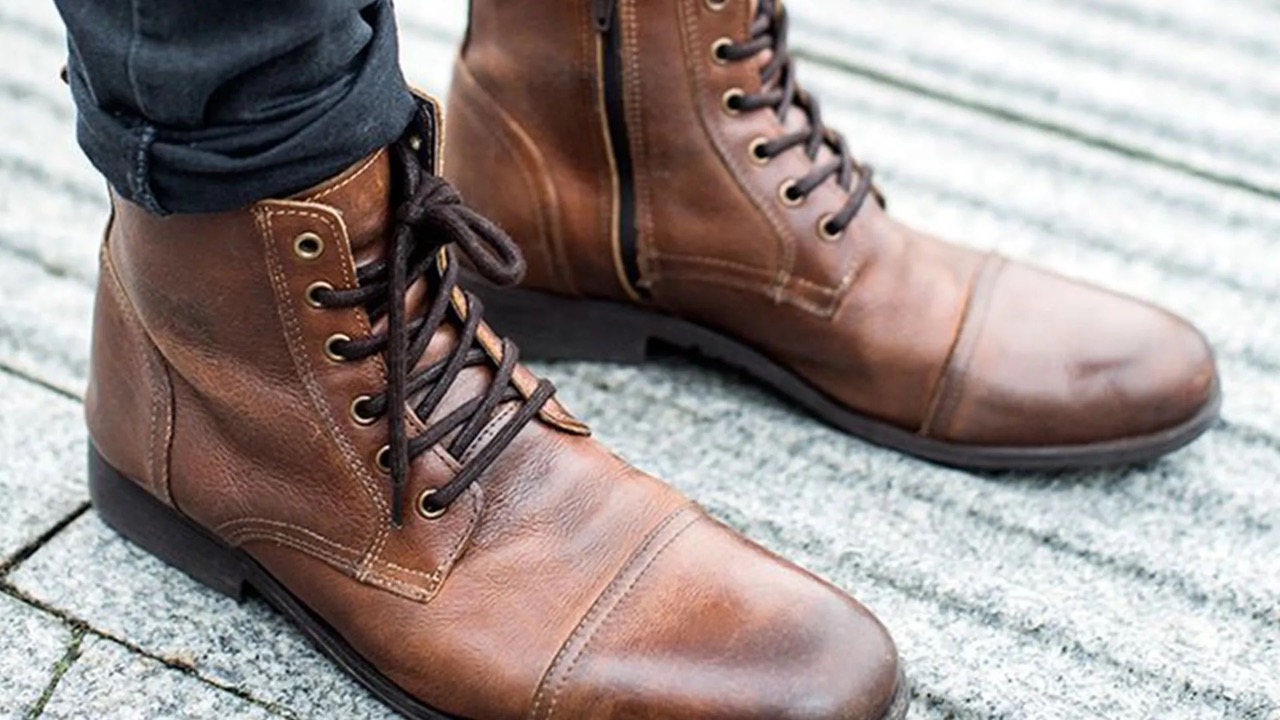
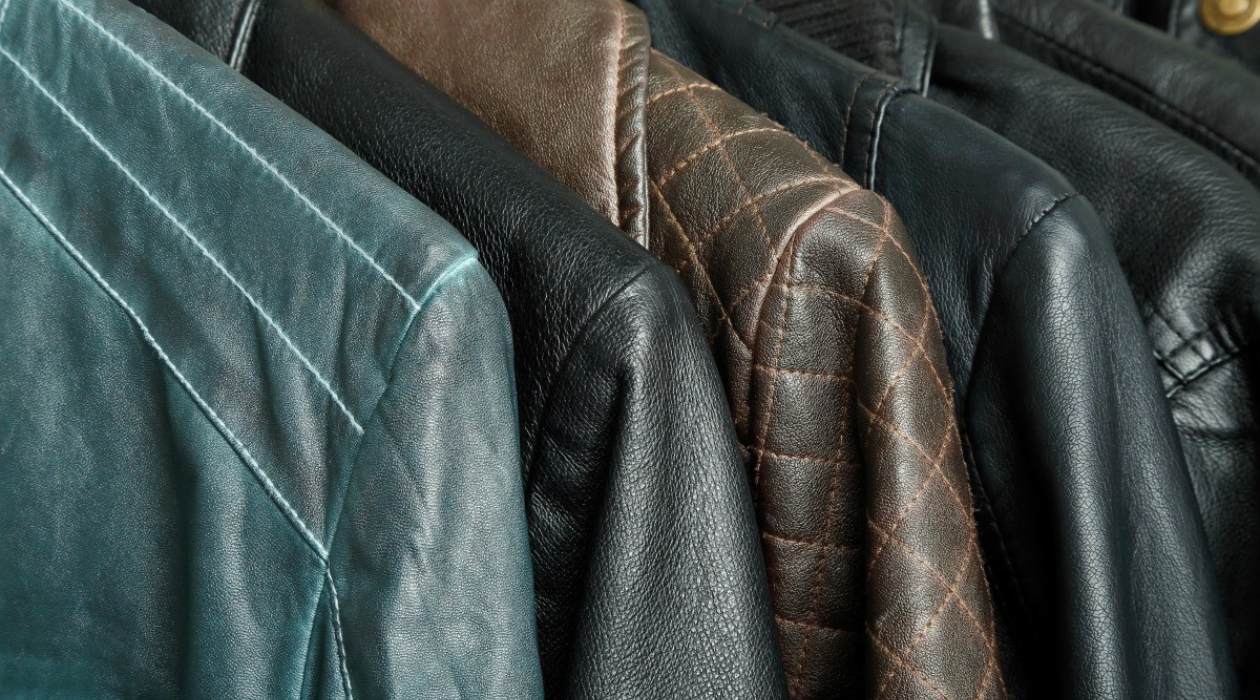

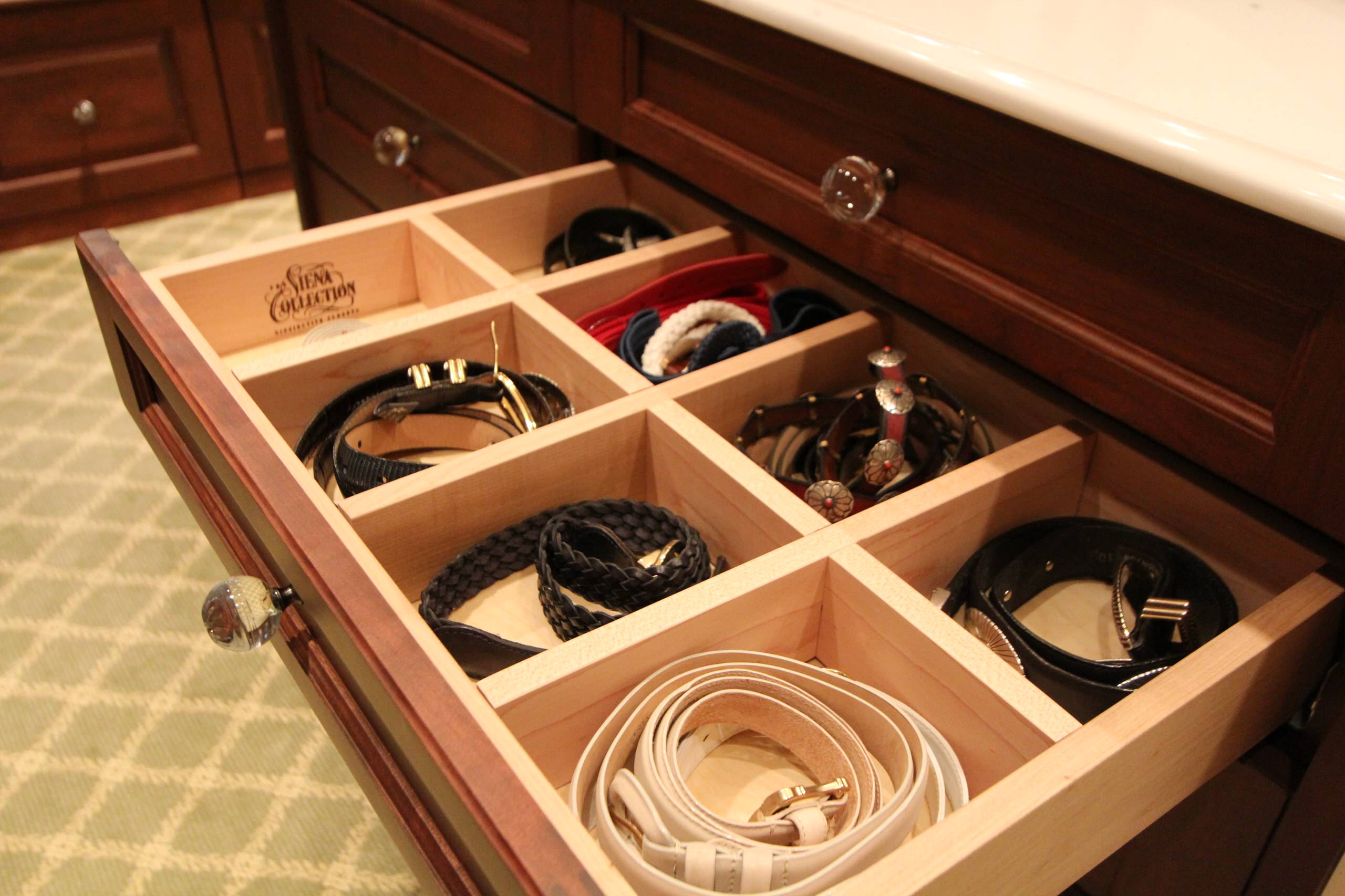
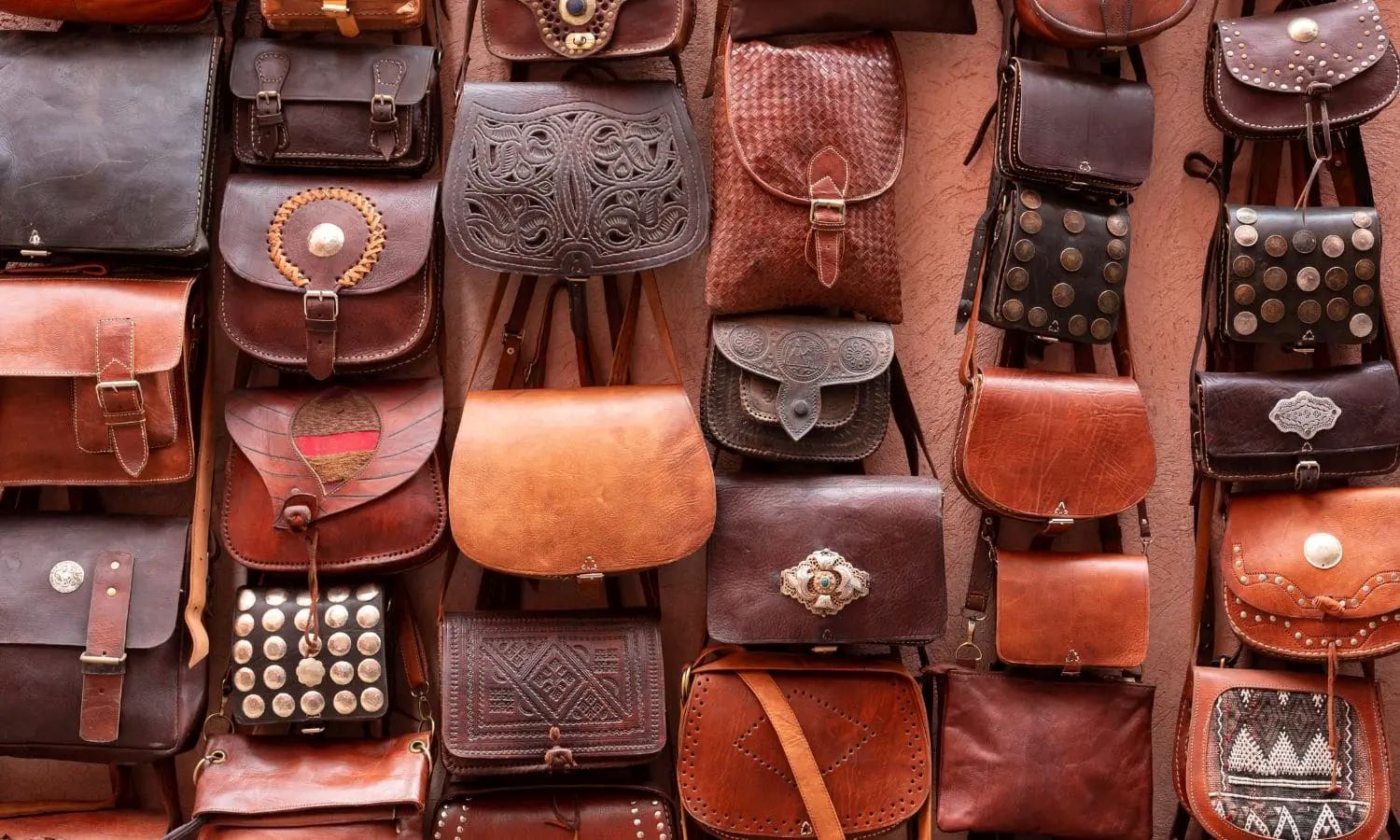
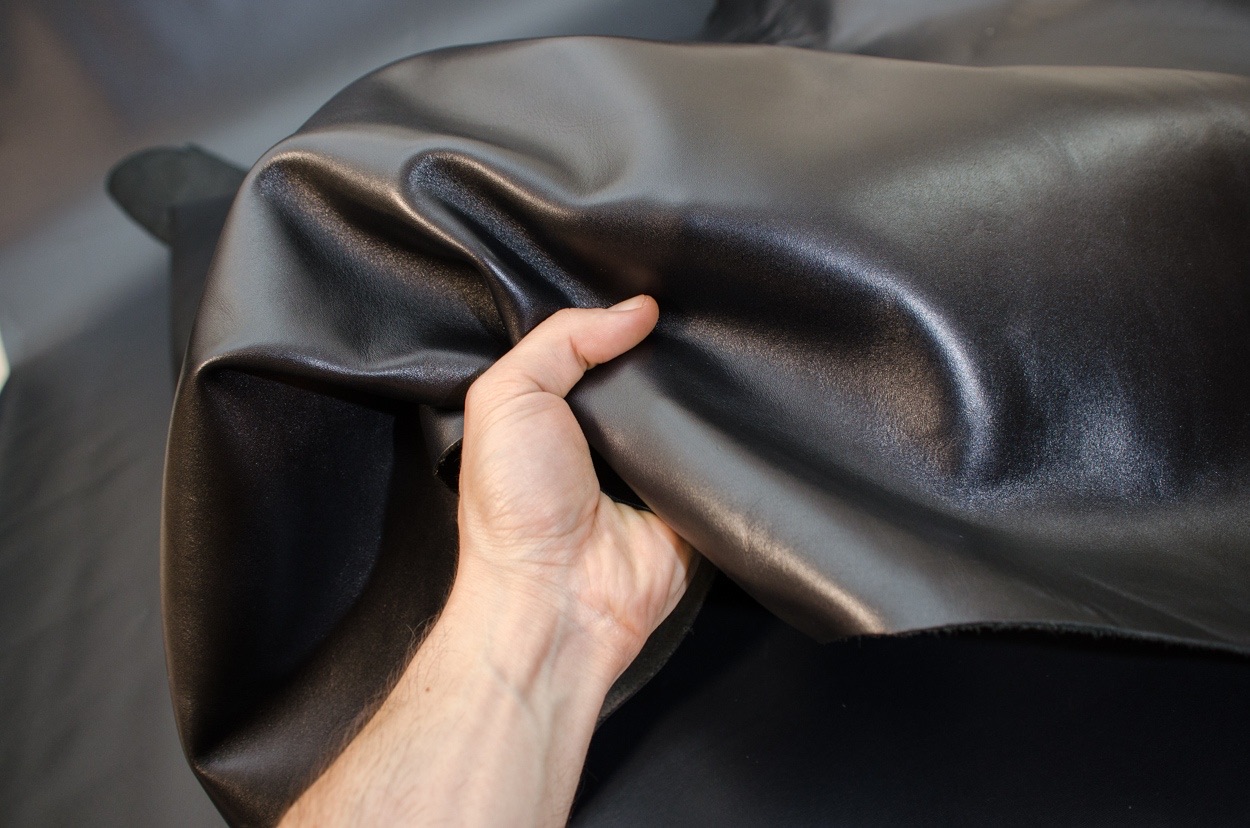

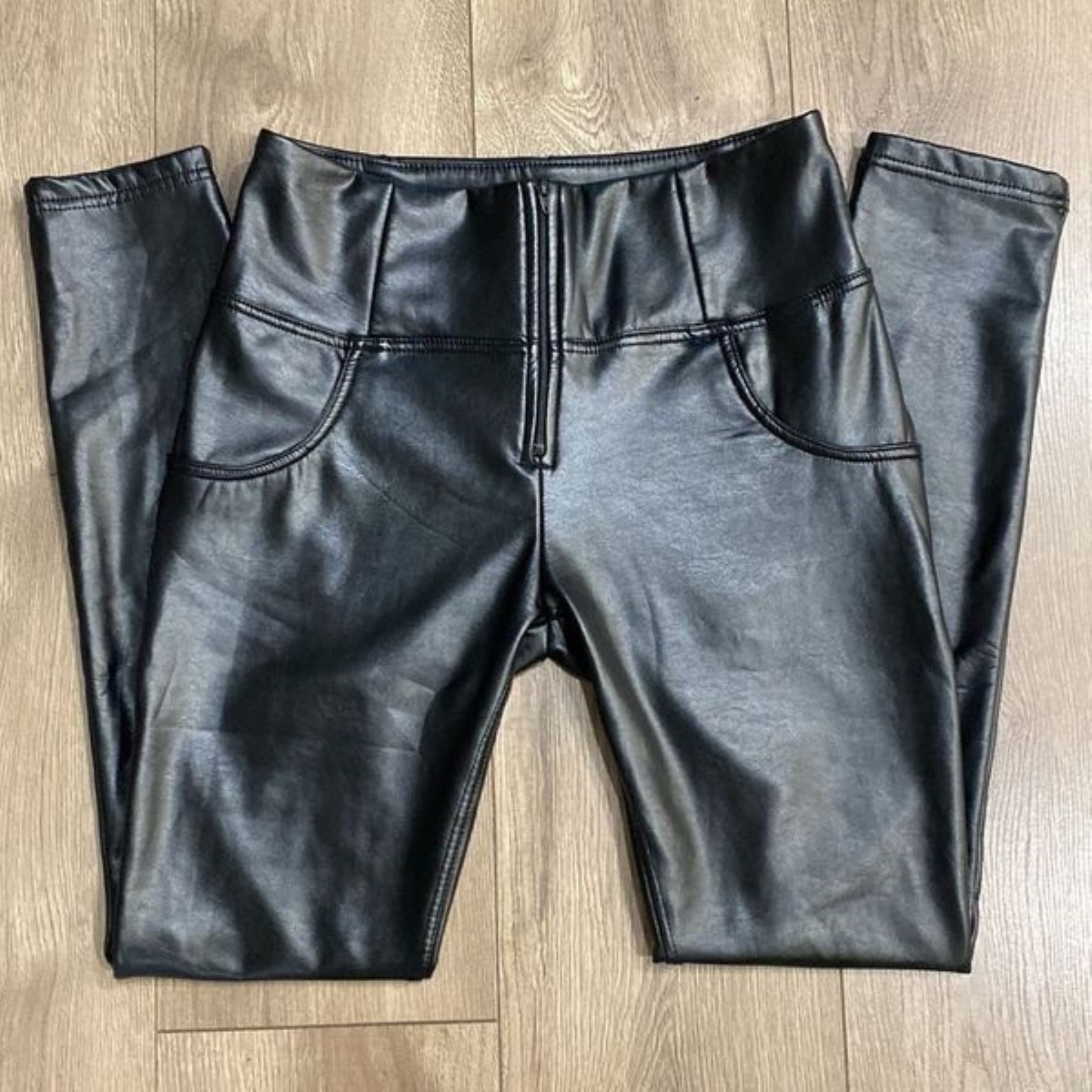
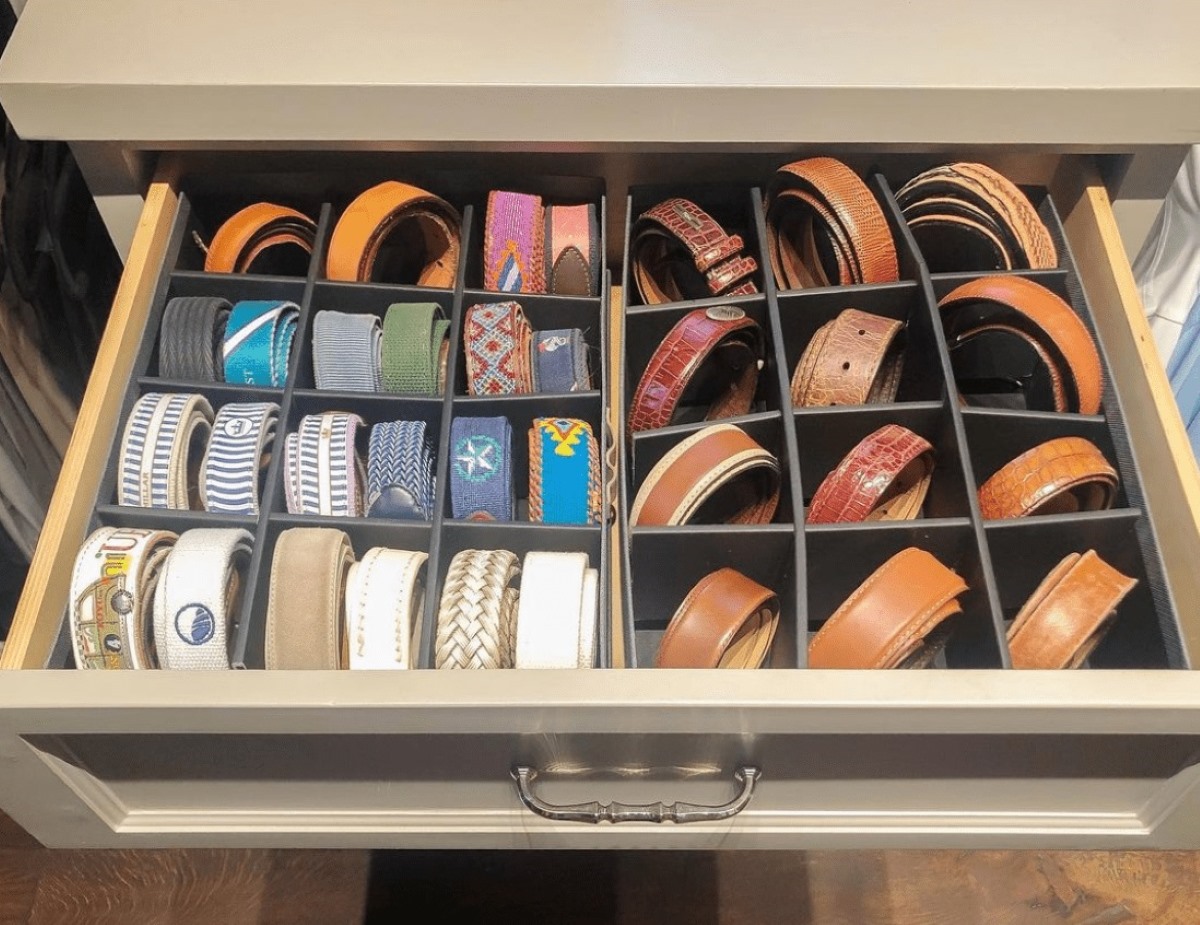
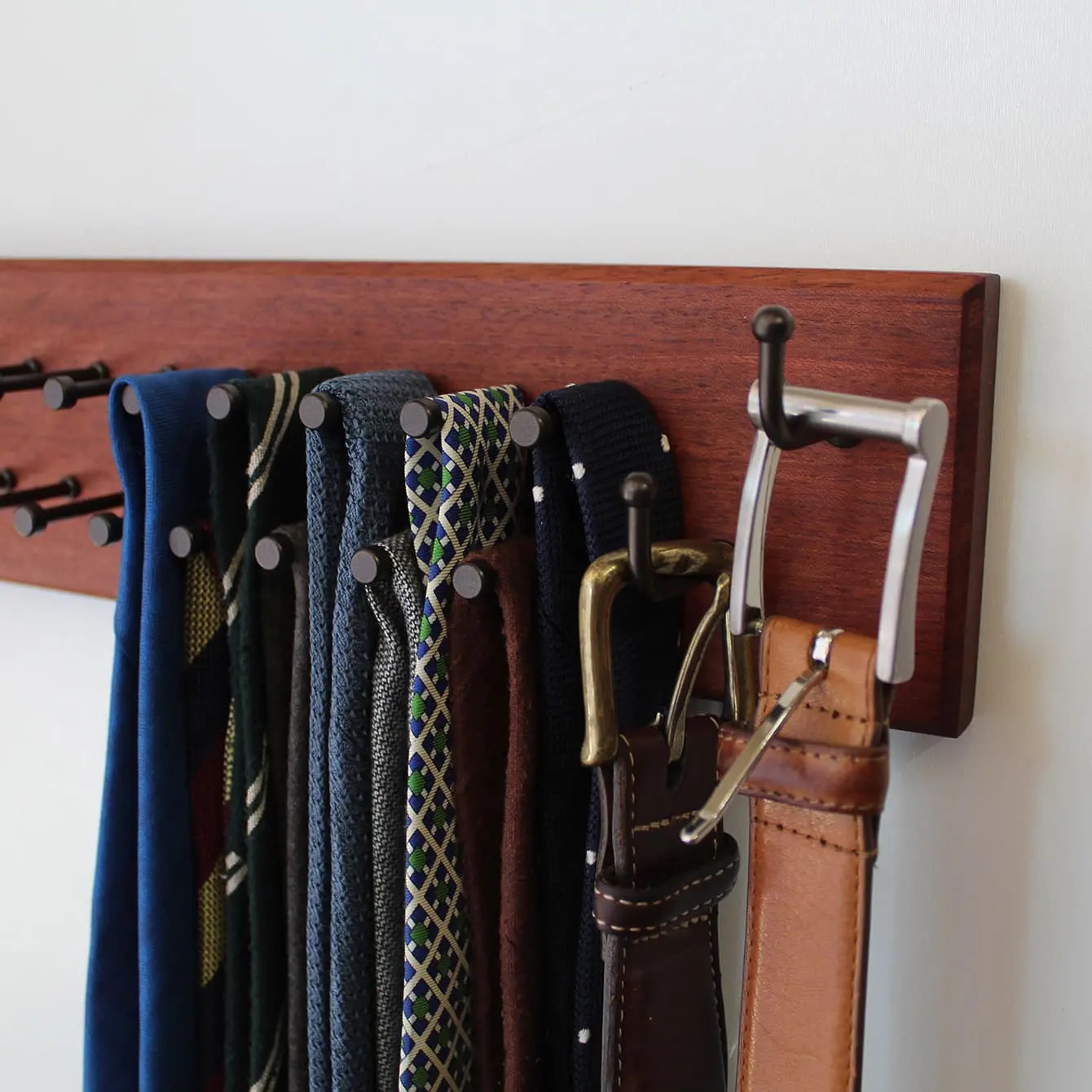

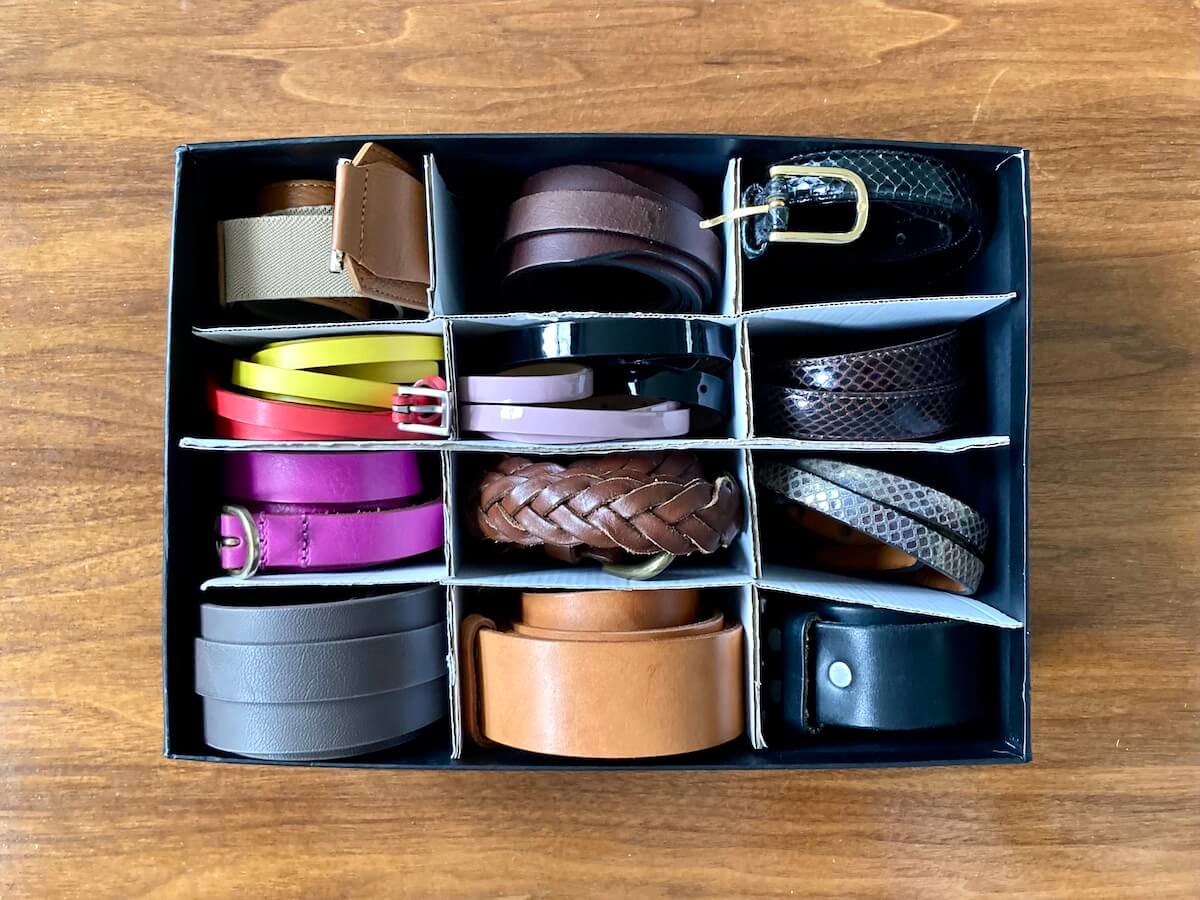

0 thoughts on “How To Store Leather Belts”